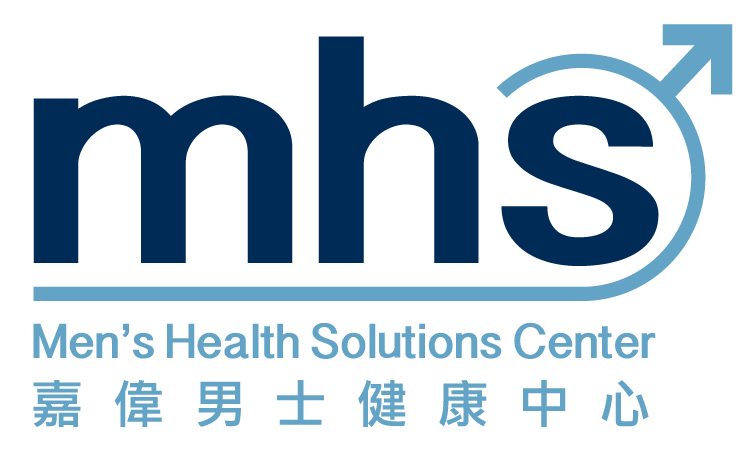Cryotherapy – remove genital warts (HK$1,500up)
Wart is one of the skin disorders caused by Human Papillomavirus (HPV). It is passed on to other persons mainly through direct skin-to-skin or sexual contact. There is also some chance that one is being indirectly transmitted due to having contacted HPV-contaminated objects such as public facilities like door handles and handrails. There are more than 100 types of HPV. Skin warts will appear on different parts of the body and this varies with the type(s) of HPV being caught. About 30-40 types of HPV are sexually acquired, which infect genital organs and their neighboring skin and result in growth of genital warts.
Although ordinary skin warts (e.g. common warts, plantar warts and plane warts) and genital warts will pose no threat to health, you may find them uncomfortable and may not like the way they look. For genital warts, symptoms commonly include small fleshy growths around the external genitals or anus which are painless, non-itch and cauliflower-like. When they become sizable and appear in groups, this may result in inflammation and bleeding. Treating the warts promptly can therefore reduce the frequency of recurrence and the risk of passing them on to someone else (in particular your intimate contacts such as cohabiting family members and partner). As one of the most commonly used wart-treating methods, cryotherapy is used specially for treating genital warts that are sizable, have a complex structure or grow inside the genitals (e.g. anus and vagina). The deeper parts of the warts can be treated with cryotherapy, and therefore it is better used in conjunction with topical cream as some side effects and risks of recurrence will be encountered if only topical cream is used.
Cryotherapy refers to the use of -196°C liquid nitrogen to spray over the abnormal skin tissues and trigger the freezing and damage of these tissues. When this process is completed, the damaged tissues will automatically fall off and the treatment purpose will therefore be achieved (blisters may be developed during the process).
Duration of Treatment
The treatment needs to be completed over the course of few weeks. Scab will form on the wound and fall off in three to four weeks. Depending on the health of the patient, the healing process may take up to six weeks. Patients should come back for treatment until they are fully recovered. Some forms of pain will be experienced during the treatment.
Important Notes
- Skin will redden after treatment. Blister may develop, containing clear liquid or blood. The formation of blister is normal.
- Scab will form on the wound and fall off automatically in few weeks. Do not scratch it or this may affect the recovery progress and result in growth of scars.
- The treated area can be in contact with water, but soaking the area should be avoided. Blister should be kept clean and dry.
- Do not puncture the blister. Otherwise, it may result in infection of the wound.
- If blister bursts, it is suggested to sterilize the wound. Disinfection tape should be applied to the wound and changed constantly to keep the wound dry.
- Patients should avoid swimming before the wound heals.
Price
| Cryotherapy | HK$1,500up (depending on the size of the warts) |
| STD Consultation | + HK$680 up* |
*Patients are required to take doctor’s consultation before treatment
